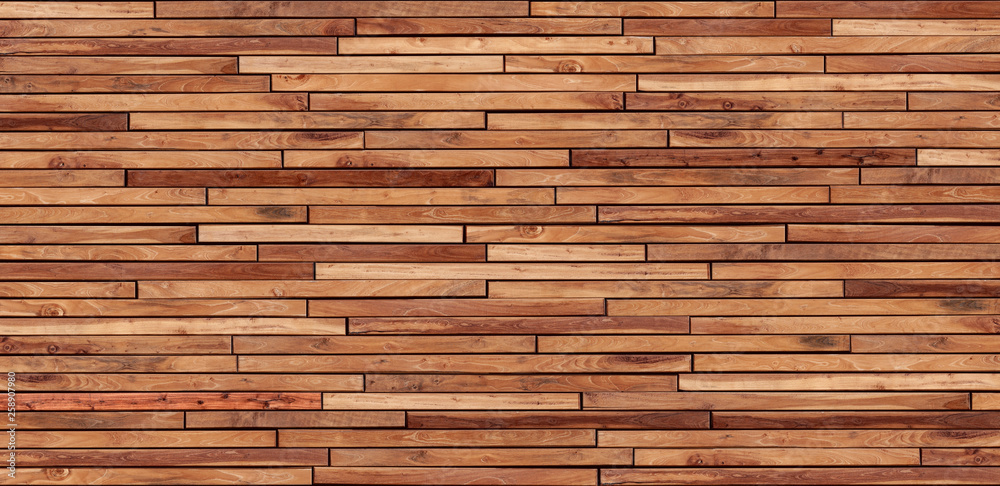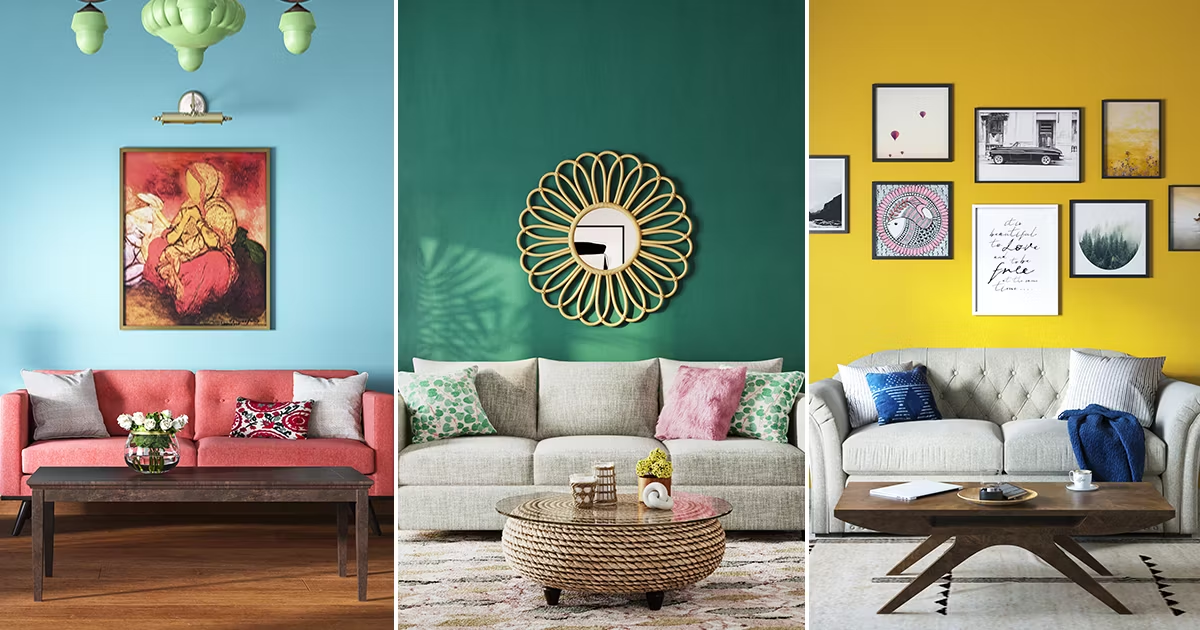

Wall Texture
Wall texture refers to the physical and visual surface treatment applied to walls to create a textured or patterned finish. This finish can add depth, interest, and character to interior and exterior walls, enhancing the aesthetics of a space. Wall texturing is often used in both residential and commercial settings for decorative and functional purposes. Here are some common types of wall textures and their characteristics:
- Three-Dimensional Effects: Epoxy 3D painting creates the illusion of depth and dimension on flat surfaces, making it seem as though objects or scenes are three-dimensional.
- Smooth Finish: This is a flat and uniform wall surface with no visible texture or patterns. It provides a clean and modern look and is often used in contemporary and minimalist design styles.
- Orange Peel Texture: Orange peel texture resembles the surface of an orange peel, featuring small, subtle bumps and dimples. It provides a slightly textured appearance while remaining relatively smooth to the touch.
- Knockdown Texture: Knockdown texture involves applying a textured compound to the wall and then "knocking down" the peaks with a trowel or similar tool. This creates a mottled, slightly irregular pattern that adds visual interest.
- Popcorn Texture: Popcorn texture, also known as acoustic or cottage cheese texture, is a heavily textured finish with a rough, bumpy surface. It is commonly used for acoustic and sound-dampening purposes.
- Swirl Texture: Swirl texture features swirling patterns created by using a trowel or other tools during application. It adds a decorative element to walls and can vary in intensity from subtle to pronounced.
- Skip Trowel Texture: Skip trowel texture is created by applying a thin layer of drywall compound and then lightly "skipping" a trowel or knife over it to create irregular, textured patterns. It often gives walls a rustic or stucco-like appearance.
- Slap Brush Texture: Slap brush texture is achieved by applying a compound to the wall and then using a brush with stiff bristles to create a pattern of irregular peaks and ridges. It is often used to create a textured, rustic look.
- Venetian Plaster: Venetian plaster is a decorative wall finish that involves applying multiple layers of plaster or stucco, which are then polished to create a smooth, marble-like appearance with a slight sheen.
- Stucco Texture: Stucco is a traditional exterior wall texture that can also be used indoors for a rustic, textured look. It involves applying a mixture of cement, sand, and water to create a rough, weathered appearance.
- Brick or Stone Veneer: For a more dramatic textured effect, brick or stone veneer can be applied to interior walls to mimic the look of real bricks or stones.
Application Techniques:
Application Techniques: The application techniques for wall texturing can vary depending on the desired texture. It typically involves the use of specialized tools, such as trowels, brushes, rollers, or sprayers. Proper surface preparation, including cleaning and priming, is essential for achieving a consistent and durable texture. Wall texturing is a versatile design element that can be used to create visual interest, cover imperfections, and enhance the overall ambiance of a space. The choice of texture should align with the design style and functional requirements of the room.
